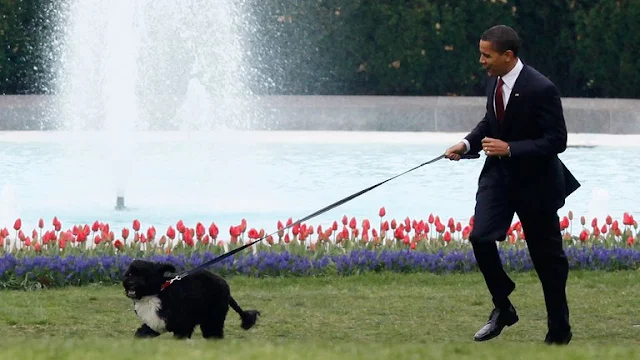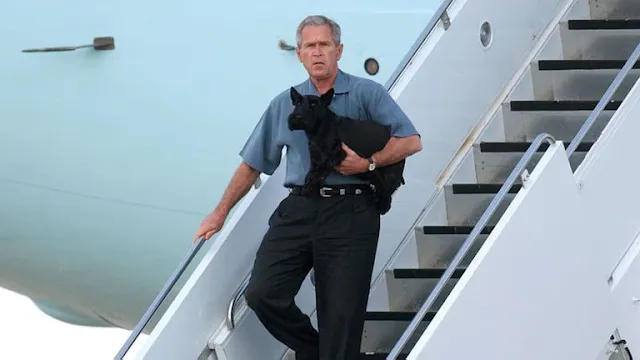Donald Trump explained why he doesn't want to have a dog in the White House
Donald Trump is not fond of dogs. He doesn't hide it. This time, he explained why, despite the opinion of some image consultants who recommend having a pet in the White House, the president remains firm in his refusal.
In an act in front of his followers, he admiringly described the ability of secret service German shepherds to detect drugs, but made it perfectly clear that he does not need in his daily life the canine company that so many predecessors of his cultivated .
"Honestly, I wouldn't mind having it, but I don't have time," the president said at a campaign rally in El Paso, Texas, after mentioning how he saw a German shepherd discover the drugs hidden in a box.
Later, he asked the crowd, "What would you say about me if I showed up walking a dog on the White House lawn?" The ovation was almost deafening. The public raved about the idea. But not.
Trump shook his head. "I don't know… I don't feel comfortable. I feel a bit like a phony," he added with a dismissive gesture. The president revealed that "many people" have suggested that he have a dog in the White House, along with his family, because he "politically agrees."
"I tell them, 'Look, that's not the relationship I have with my people,'" he explained. He is not there to pretend: in this matter, he wants to keep his essence. It is unknown if his son Barron, 12, has made any such request or if he shares the decision.
With this decision, Trump departs from a long presidential tradition.
Barack Obama had Portuguese water dogs named Bo and Sunny; George W. Bush had Scottish terriers named Barney and Miss Beazley. Bill Clinton had Buddy, a chocolate labrador, and a cat named Socks.
Also, Vice President Mike Pence has several pets, including an Australian Shepherd named Harley, a rabbit named Marlon Bundo, and a cat named Hazel.
The American Veterinary Medical Association reports that nearly 57% of American households owned some type of pet at the end of 2016. One in four households owned one or more dogs, the highest rate since 1982, when this measurement began.









